Introduction

Understanding your cat's moods is a vital aspect of being a responsible and loving cat owner. Cats are complex creatures with their own unique set of behaviors and communication styles. By gaining insight into their emotions and body language, we can better understand and fulfill their needs. This is where Whisker Wisdom comes into play.
Whisker Wisdom refers to the ability to interpret and understand the subtle cues that cats use to express themselves. From the positioning of their tail to the nuances of their facial expressions, every movement has a meaning. By embracing Whisker Wisdom, we can enhance our relationship with our furry companions, creating a deeper bond of trust and companionship.
In this article, we will explore the different aspects of understanding feline body language, facial expressions, and posture. We will also delve into the signs of playfulness, affection, aggression, and fear, and discuss how to respond to these moods appropriately. Additionally, we will provide tips for strengthening your bond with your cat through interactive play and meaningful interactions.
Understanding your cat's emotions and behavior is not only beneficial for their well-being but also for fostering a harmonious home environment. So let's dive into the world of Whisker Wisdom and uncover the secrets behind your feline friend's moods!
What is Whisker Wisdom?

Whisker Wisdom refers to the understanding of a cat's emotions and moods by observing their body language, facial expressions, and behaviors. Cats rely heavily on their senses, and whiskers play a vital role in their communication. Whiskers are highly sensitive and can pick up even the slightest changes in the environment. By paying attention to your cat's whisker movements and the positioning of their ears, tail, and body, you can gather valuable information about their current state of mind. Whisker Wisdom allows you to better comprehend your cat's needs, whether they are feeling playful, affectionate, fearful, or agitated. It helps strengthen the bond between you and your feline friend, fostering a deeper understanding and connection.
Benefits of understanding your cat's moods
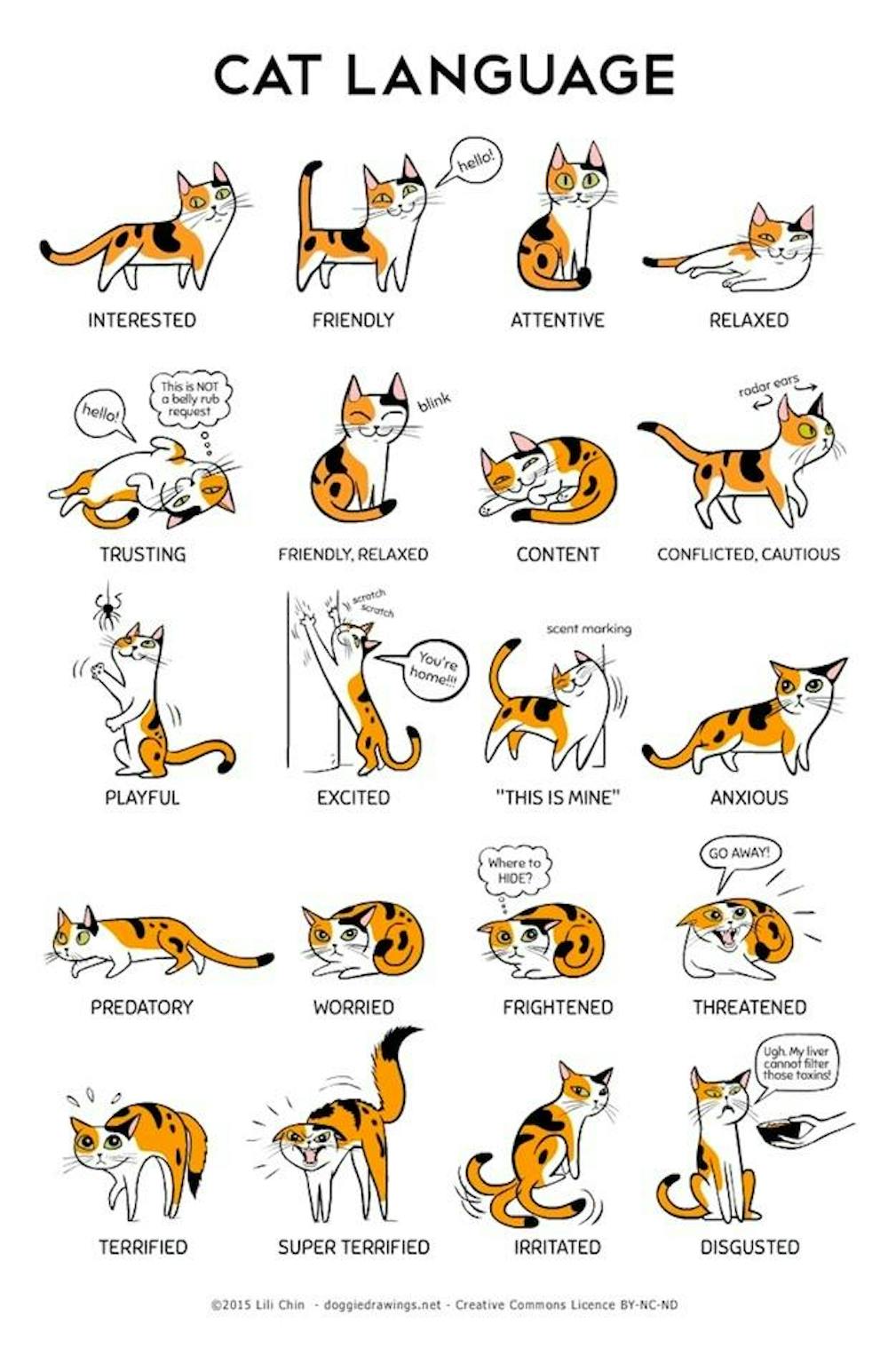
Understanding your cat's moods can have several benefits for both you and your feline companion. Firstly, it helps foster a stronger bond between you and your cat. By recognizing their different moods, you can respond appropriately and provide the care and attention they need. Additionally, understanding your cat's moods can help you identify any signs of stress or discomfort early on, allowing you to address any underlying issues and ensure their overall well-being. It also helps prevent misunderstandings or miscommunications, as you'll be able to interpret their body language and vocalizations more accurately. Overall, embracing whisker wisdom and understanding your cat's moods will lead to a happier and healthier relationship between you and your furry friend.
Understanding Feline Body Language

Understanding Feline Body Language is crucial for cat owners to effectively communicate with their furry companions. Cats use various body movements and positions to express their emotions and intentions. One significant indicator of a cat's mood is its tail position and movement. A relaxed and upright tail suggests contentment, while a flicking or thrashing tail may indicate agitation or annoyance.
Another important aspect of feline body language is the position and movements of the ears. When a cat tilts its ears forward, it signifies interest or attentiveness. Conversely, flattened or backward-facing ears often indicate fear or aggression.
By observing and interpreting these subtle clues, cat owners can better understand their pet's feelings and respond accordingly. This understanding of feline body language strengthens the bond between cats and their human companions, promoting a harmonious relationship based on trust and mutual understanding.
Tail position and movement

Tail position and movement are important indicators of a cat's mood and emotions. When a cat holds its tail high in the air, it usually signifies a confident and contented state. On the other hand, if the tail is tucked between the legs or held low to the ground, it suggests fear or anxiety. Additionally, the movement of the tail can also reveal their feelings. A slow back-and-forth swishing of the tail may indicate excitement or anticipation, whereas a quick flicking or lashing tail could be a sign of irritation or aggression. It's essential to pay attention to your cat's tail position and movement to better understand their current emotional state and respond accordingly.
Ear position and movements

Understanding your cat's ear position and movements is another crucial aspect of deciphering their moods. Cats have the ability to move their ears independently, which serves as a clear indicator of what they're feeling. When a cat's ears are facing forward and slightly tilted, it generally signifies that they are calm and content. However, if the ears are flattened against the head, it often suggests fear or aggression. Furthermore, rapid twitching or flicking of the ears can indicate heightened alertness or agitation. By observing your cat's ear movements, you can gain valuable insight into their emotional state and respond accordingly to ensure their comfort and well-being.
Facial Expressions and Emotions

Cats are incredibly expressive creatures, and their facial expressions provide valuable insight into their emotions. One of the most important cues to look for is in their eyes. A relaxed cat will have half-closed eyes or slow blinks, which indicate contentment and trust. Dilated pupils can signify fear or aggression, while narrowed pupils can indicate annoyance or discomfort.
Additionally, a cat's whiskers can also play a role in their facial expressions. Whiskers that are forward-facing and relaxed suggest a calm and confident cat, while whiskers pushed back or flattened against the face may indicate fear or aggression.
By paying close attention to your cat's facial expressions, you can better understand their emotional state and respond accordingly. Creating a safe and comfortable environment for your cat can help them feel more at ease and decrease the likelihood of negative emotions.
Eyes and the slow blink
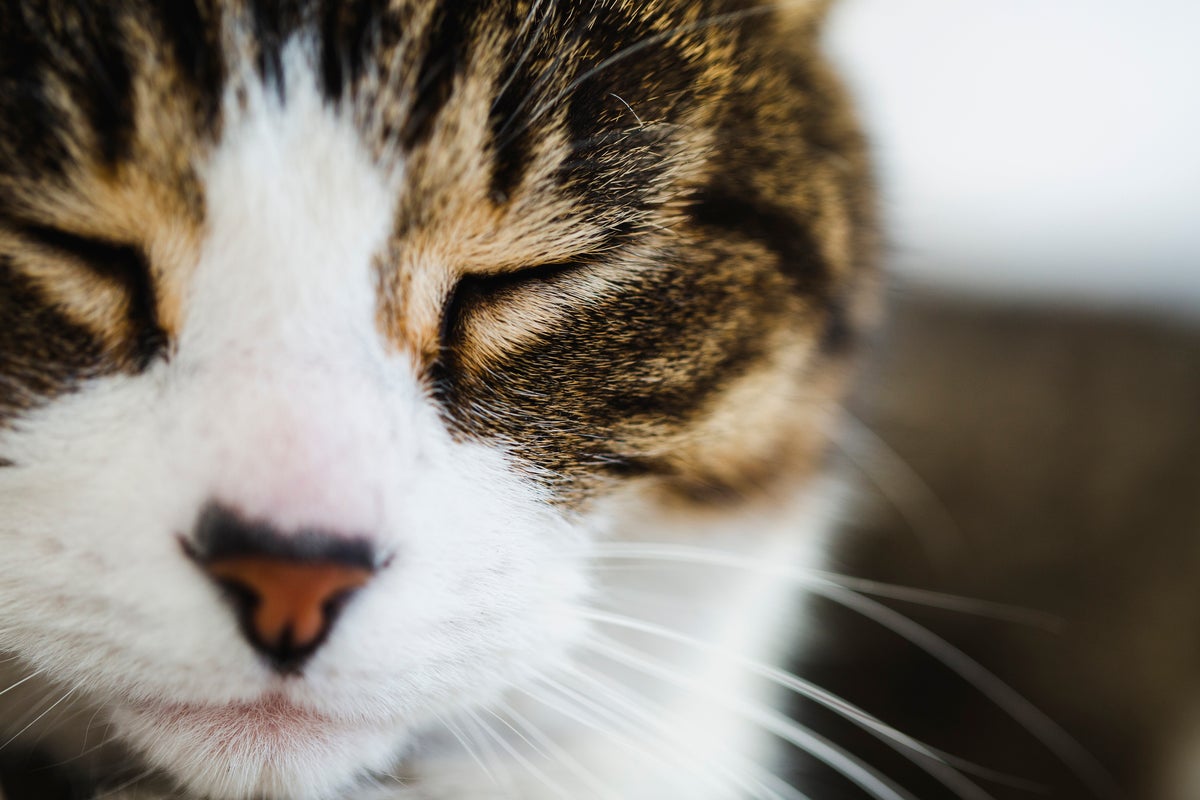
One important aspect of understanding your cat's mood is through observing their eyes and the slow blink. Cats communicate a lot through their eyes, and the slow blink is a sign of relaxation and trust. When a cat gives you a slow blink, it means that they feel comfortable and safe in your presence.
The slow blink is often referred to as a "cat kiss" because it's their way of showing affection. To reciprocate this gesture, you can slowly blink back at your cat. This will help strengthen the bond between you and reassure your feline friend that you trust them too.
It's important to note that each cat is unique, and their eye expressions may vary. Some cats may have more expressive eyes than others. By paying attention to your cat's eye movements and practicing the slow blink technique, you'll be able to better understand their emotions and communicate with them effectively.
Meows and vocalizations
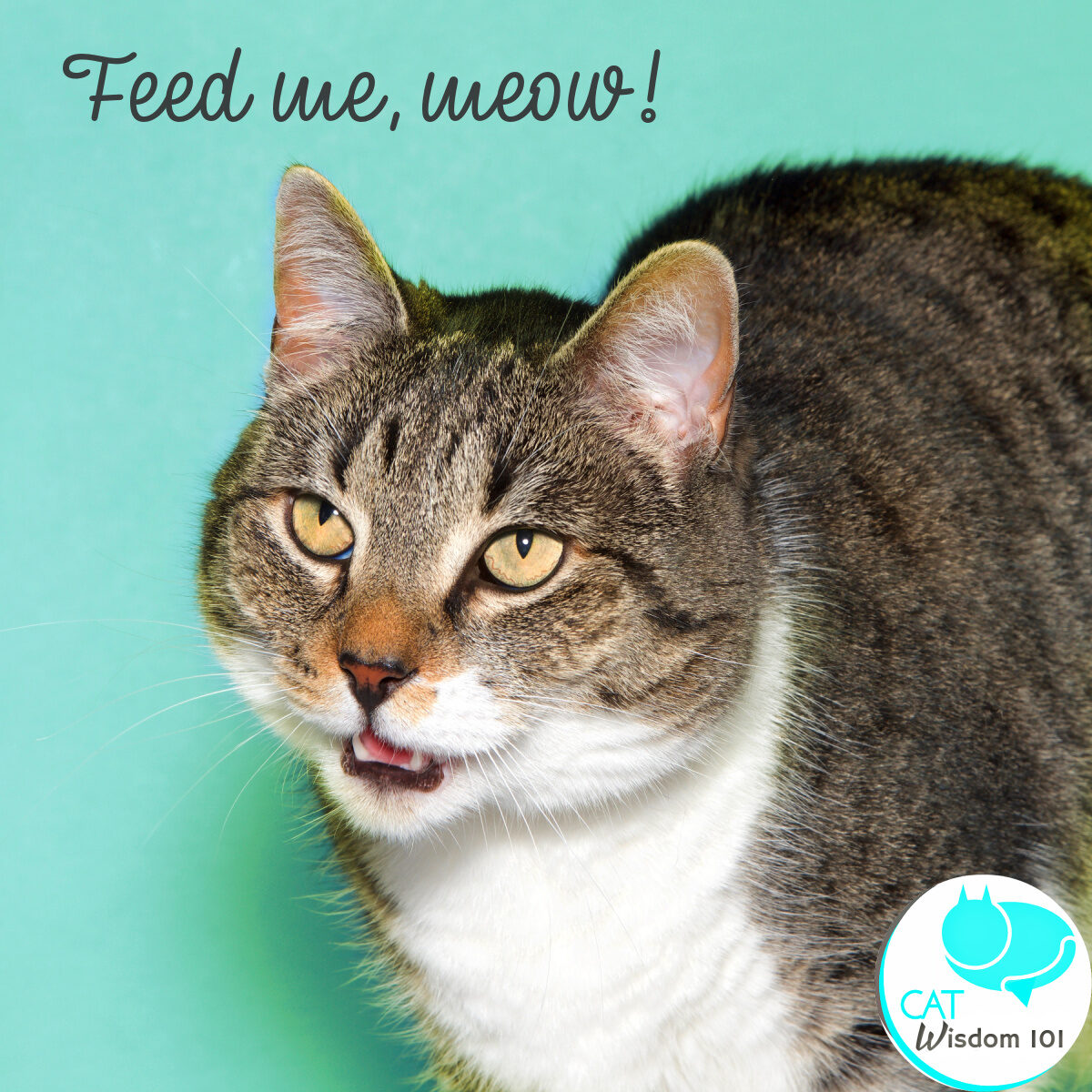
Cats are known for their wide range of vocalizations, and understanding what these different sounds mean can provide valuable insight into their moods. One of the most common vocalizations is the meow. Cats use meowing as a way to communicate with their human companions. A short, high-pitched meow can indicate a simple greeting or request for attention, while a loud and drawn-out meow might express frustration or hunger. Cats may also emit chirping or trilling sounds, which are often associated with excitement or anticipation. Growling, hissing, or yowling, on the other hand, are signs of aggression or fear and should be taken seriously. By paying attention to your cat's specific vocalizations and context, you can better understand their needs and emotions.
Posture and Positioning

Posture and positioning are important aspects of feline body language, providing valuable insights into your cat's mood. Paying attention to how your cat positions their body can give you clues about what they're feeling.
One common behavior is stretching and rolling. When your cat stretches out their body, it's a sign of relaxation and contentment. Rolling on their back is an invitation for play or a sign that they feel safe in their environment.
On the other hand, an arched back and raised hair are signs of aggression or fear. This defensive posture makes the cat appear larger and more intimidating to potential threats. Dilated pupils accompanying this posture indicate heightened arousal or anxiety.
By understanding the various postures and positions your cat assumes, you can better respond to their needs and create a safe and comfortable environment for them.
Stretching and rolling
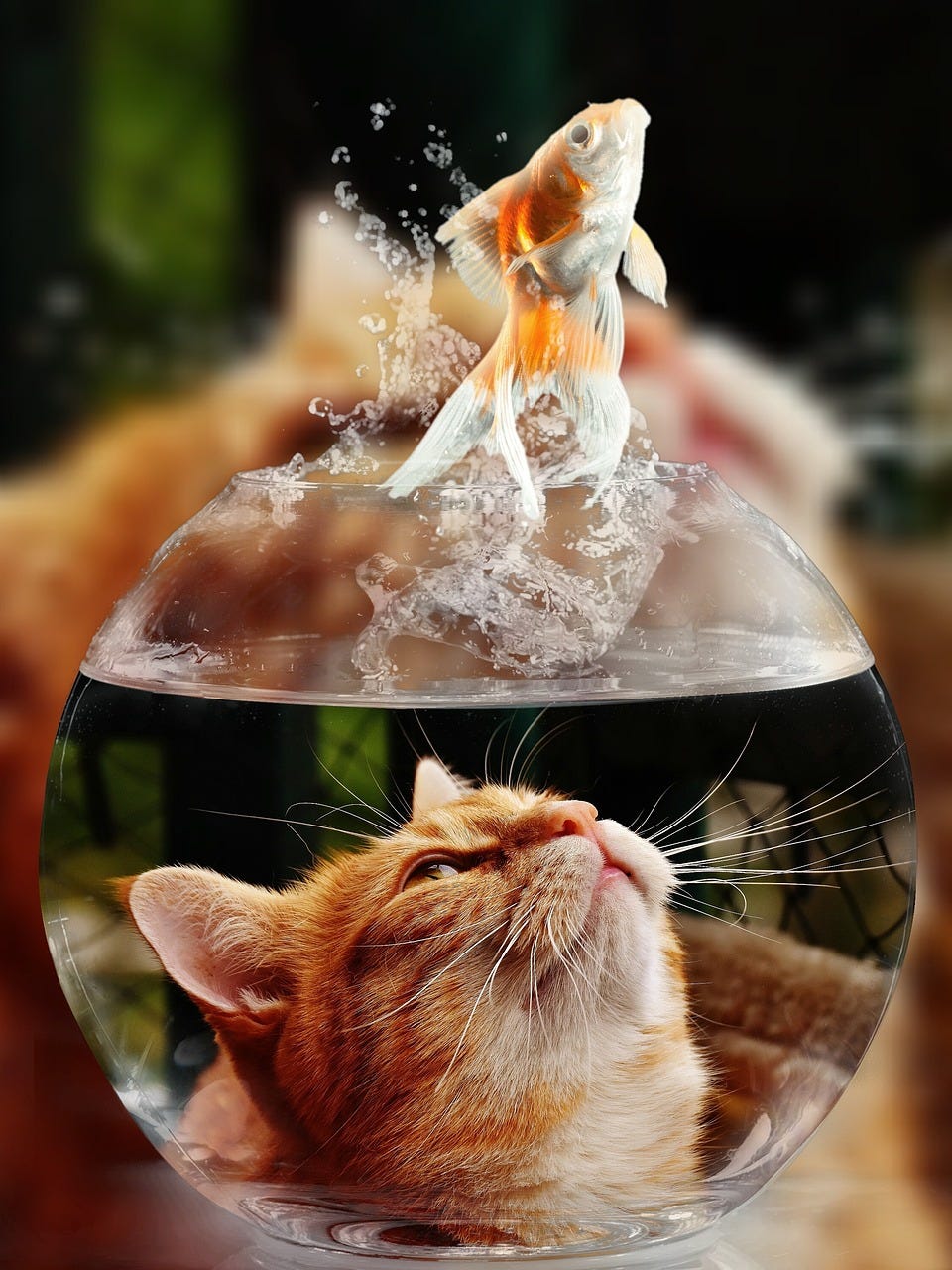
Stretching and rolling are two common behaviors that cats display to communicate their contentment and relaxation. When a cat stretches, it often extends its front paws forward while arching its back, which helps to release tension in their muscles. This stretching motion also enables cats to mark their territory by leaving scent glands on objects they touch.
Rolling is another way cats express comfort and trust. They often roll on their backs, exposing their vulnerable belly as a sign of submission and relaxation. Rolling can also be a playful behavior, inviting interaction with their owners or other animals.
By observing these behaviors, you can gauge your cat's mood and provide them with appropriate care and attention. Stretching and rolling are indications of a happy and comfortable feline companion.
Arched back and hair raise

When it comes to understanding your cat's moods, paying attention to their body language is essential. One common sign of various emotions is when a cat arches its back and raises its hair. This behavior is often associated with fear, aggression, or feeling threatened.
When a cat arches its back, it is trying to make itself look bigger and more intimidating. This posture is typically accompanied by raised hair along the spine, which is known as piloerection. These physical changes are the cat's way of warning potential threats that it is ready to defend itself if necessary.
However, it's important not to jump to conclusions solely based on this posture. Cats may also arch their backs and raise their hair during playtime or when they are excited. Context and other body language cues such as vocalizations and facial expressions can help determine the true meaning behind this behavior.
Observing your cat's body language, including the arched back and raised hair, can give you valuable insights into their current mood and help you respond accordingly.
Signs of Playfulness and Affection

Cats have their unique ways of expressing their affection and playfulness. One clear sign of a happy feline is purring. When a cat purrs, it indicates contentment and tranquility, often associated with feeling loved and comfortable. Another common sign is kneading, where cats rhythmically push their paws in and out against a soft surface or even on your lap. This behavior originates from their kittenhood when they kneaded their mother's belly for milk.
Additionally, rubbing against objects or people is an unmistakable sign of affection. This behavior involves their scent glands located on the sides of their face, leaving behind their scent as a mark of ownership and familiarity. While playing, cats may exhibit behaviors like zooming around the house or engaging in "stalking" movements to pounce on toys or imaginary prey.
Recognizing these signs will deepen your understanding of your cat's emotions while strengthening the bond between you both.
Purring and kneading
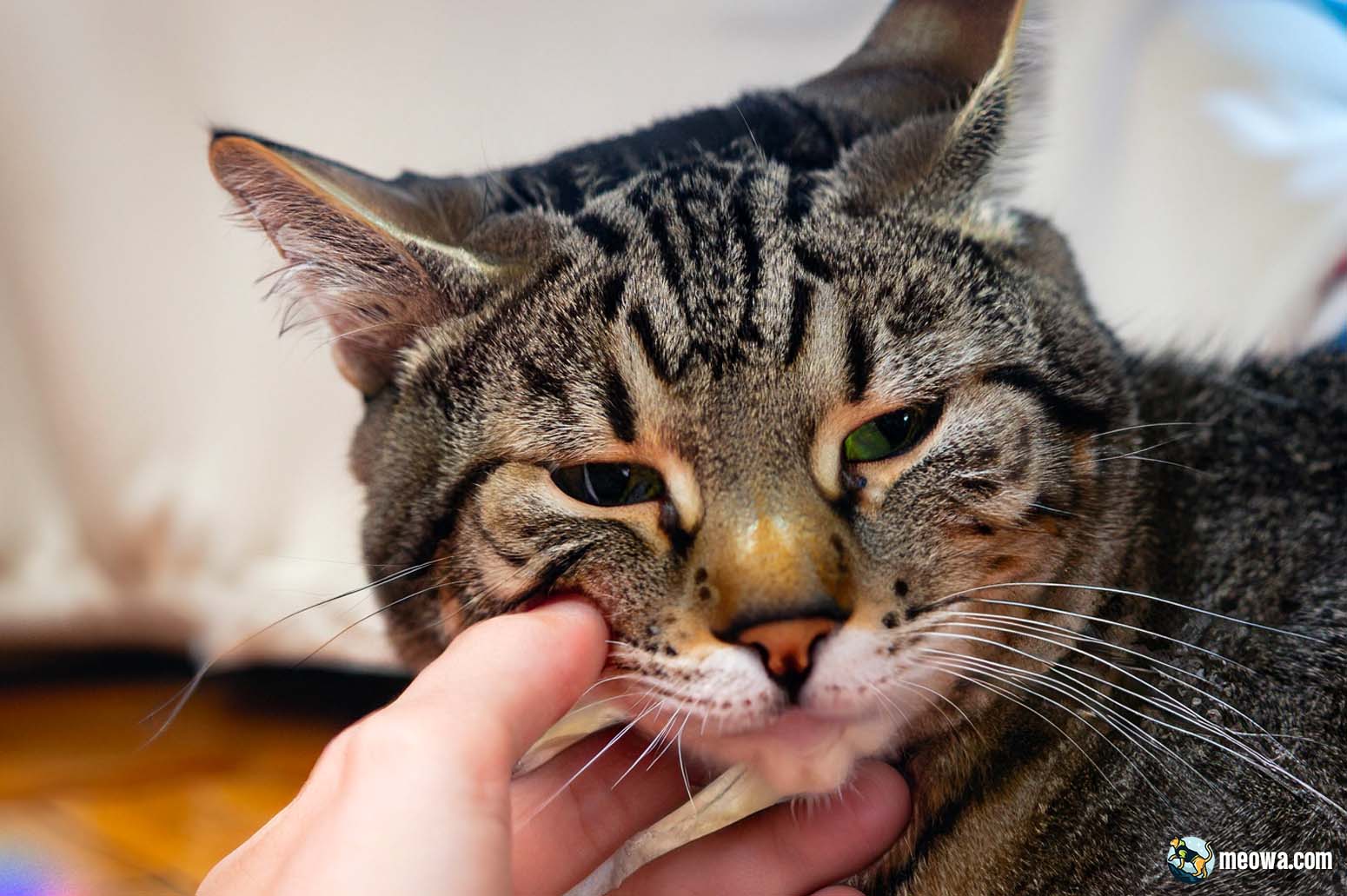
Purring and kneading are two common behaviors exhibited by cats that convey feelings of playfulness and affection. When a cat purrs, it is often a sign that they are content and comfortable in their environment. Purring can also occur when they are seeking attention or when they are being petted. The rhythmic sound of purring can have a calming effect on both the cat and their human companions.
Kneading, on the other hand, is when a cat alternates pushing their front paws into a soft surface, often accompanied by a gentle massaging motion. This behavior dates back to when cats were kittens, as they would knead their mother's belly to stimulate milk production. Kneading can be seen as a sign of trust and affection from your cat, as they are marking you or their favorite sleeping spot with their scent glands located on their paw pads.
When your cat purrs and kneads, it shows that they feel safe, loved, and content in your presence. It is important to reciprocate these feelings by providing them with attention, playtime, and affection.
Rubbing against objects
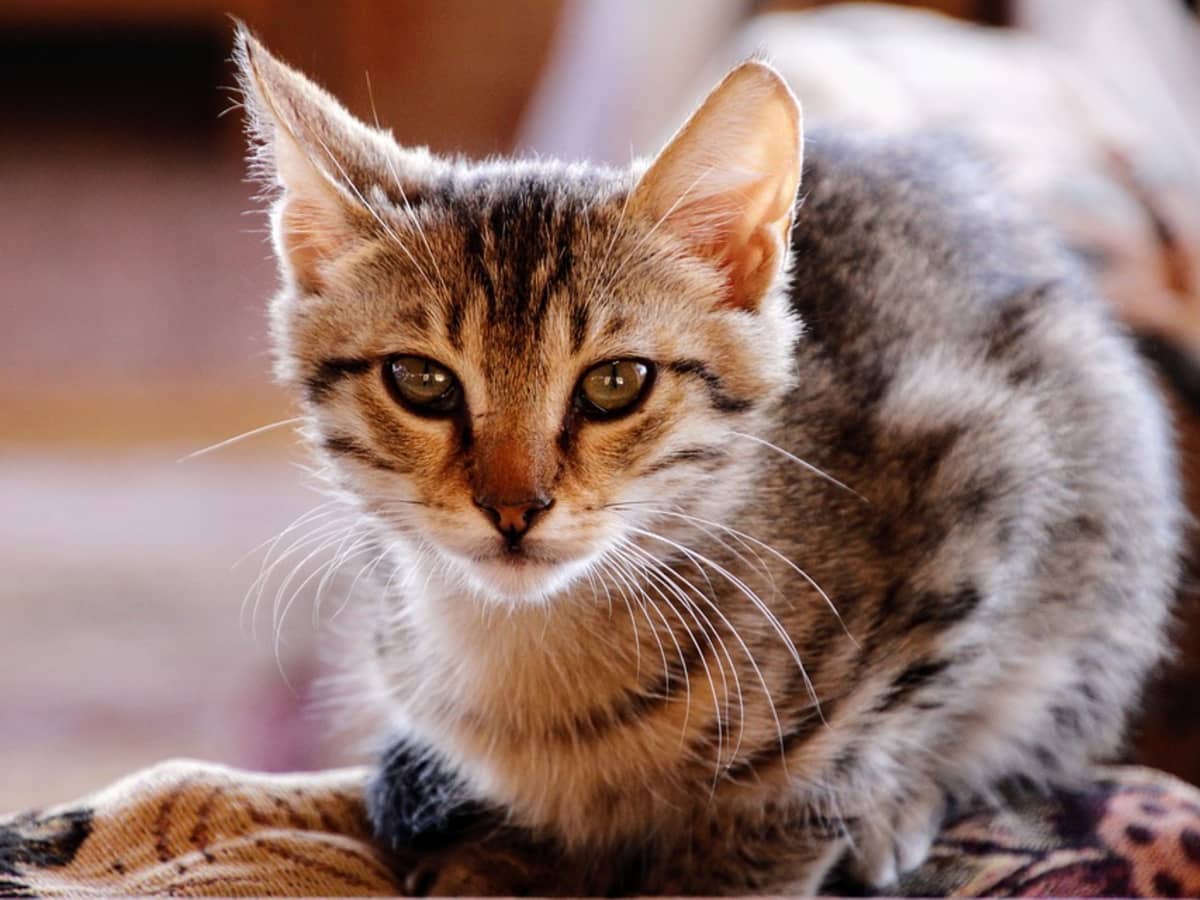
Rubbing against objects is a common behavior seen in cats that serves several purposes. When a cat rubs against furniture, walls, or even their human companions, they are marking their territory with scent glands located on their face and body. This behavior not only leaves behind their unique scent but also creates a sense of familiarity and comfort in their surroundings.
Rubbing against objects is also a way for a cat to leave visual marks through the release of pheromones from the glands in their cheeks. These marks serve as signposts to other cats, communicating information about their presence and helping to establish a hierarchy within their social group.
Additionally, rubbing against objects can be a form of self-grooming and relaxation for cats. By rubbing against objects, they can help distribute natural oils from their skin onto their fur, keeping it healthy and shiny.
So if you notice your cat rubbing against your legs or furniture, it's not only an expression of affection but also a way for them to mark their territory and feel more at ease in their environment.
Signs of Aggression and Fear

When it comes to understanding your cat's moods, recognizing signs of aggression and fear is crucial. Aggression in cats can manifest in various ways, including hissing and growling. When a cat feels threatened or frightened, it may raise its fur and dilate its pupils. These visible cues can indicate that your feline friend is feeling defensive or uneasy.
Fear can often be accompanied by defensive aggression as a cat tries to protect itself from perceived threats. It's important to be aware of these signs so that you can respond appropriately and help your cat feel safe. Understanding your cat's anxiety or fear can help you create a calmer environment for them to thrive in.
By paying attention to these behaviors, you can better understand your cat's emotions and act accordingly to provide the support they need.
Hissing and growling

Hissing and growling are two distinct vocalizations that cats use to communicate their aggression or fear. Hissing is a warning sound, typically accompanied by a defensive body posture, where the cat forcefully exhales air through its mouth with a sharp hiss sound. This is intended to intimidate potential threats and establish boundaries.
Growling, on the other hand, is a deep guttural sound that cats make when they feel threatened or cornered. It serves as a warning to stay away and can escalate into more aggressive behavior if not heeded. Both hissing and growling are clear signals that your cat is feeling threatened or uncomfortable in their current situation.
It's important not to ignore these signals when your cat hisses or growls. Instead, give them space and avoid approaching them until they feel safe again. Understanding these signs of aggression can help you provide a calming environment for your cat and prevent any potential conflicts.
Raised fur and dilated pupils
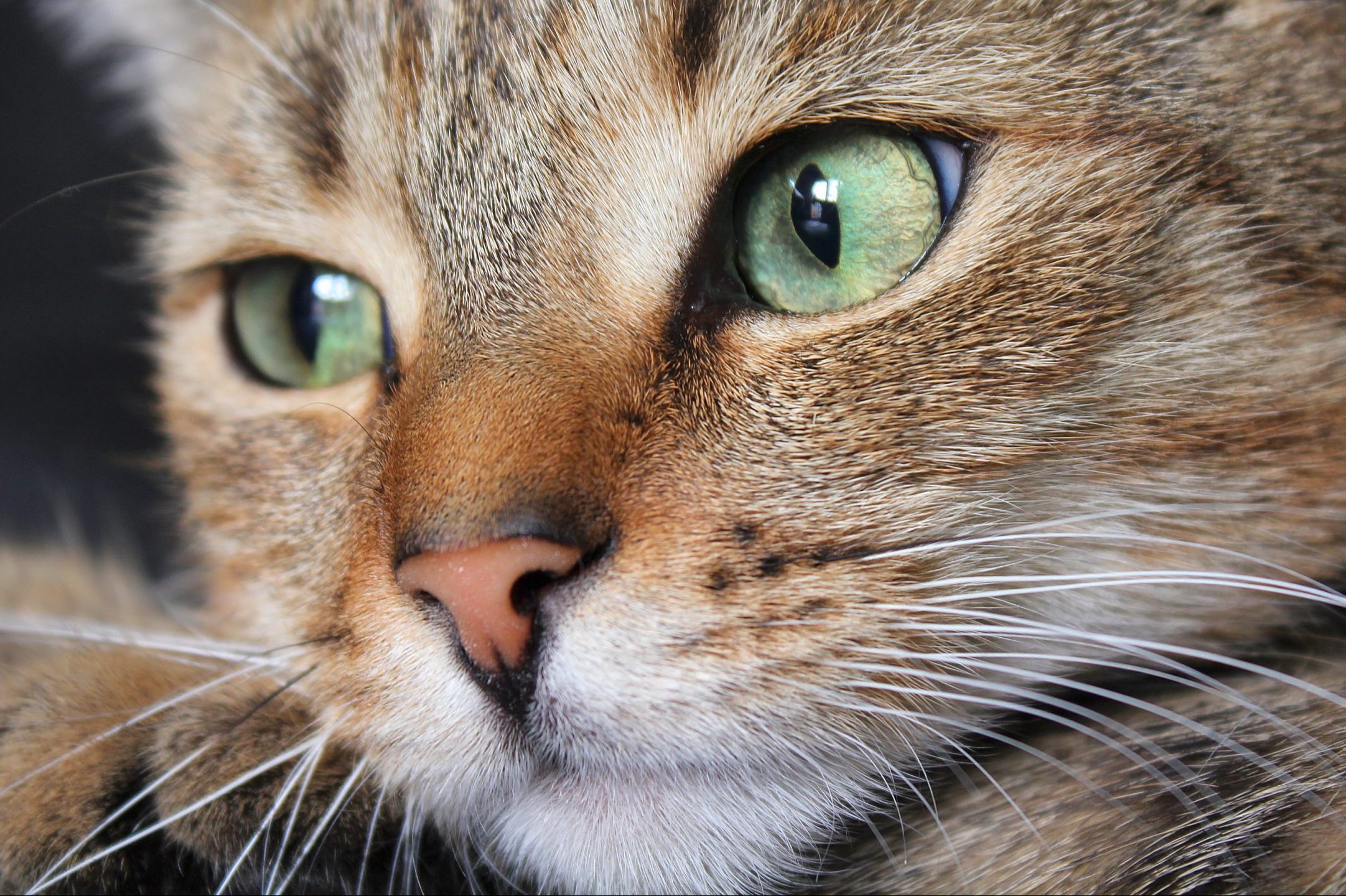
Raised fur and dilated pupils are two unmistakable signs that indicate your cat is experiencing aggression or fear. When a cat's fur stands on end, it is an instinctual response called piloerection. This reaction causes the hair to stand up, making the cat appear larger and more intimidating. It is often accompanied by other aggressive behaviors such as hissing or growling.
Dilated pupils, on the other hand, occur when the black center of the eye expands. This usually happens in low light conditions but can also be an indication of intense emotions such as fear or aggression. When a cat's pupils are dilated, it means that their fight or flight response has been triggered.
If you notice your cat with raised fur and dilated pupils, it is crucial to give them space and avoid any sudden movements. These signs show that your cat may feel threatened or unsafe in their current environment. Providing a calm and secure place for your cat to retreat to can help alleviate their anxiety and prevent any further escalation of aggression or fear.
Responding to Your Cat's Moods
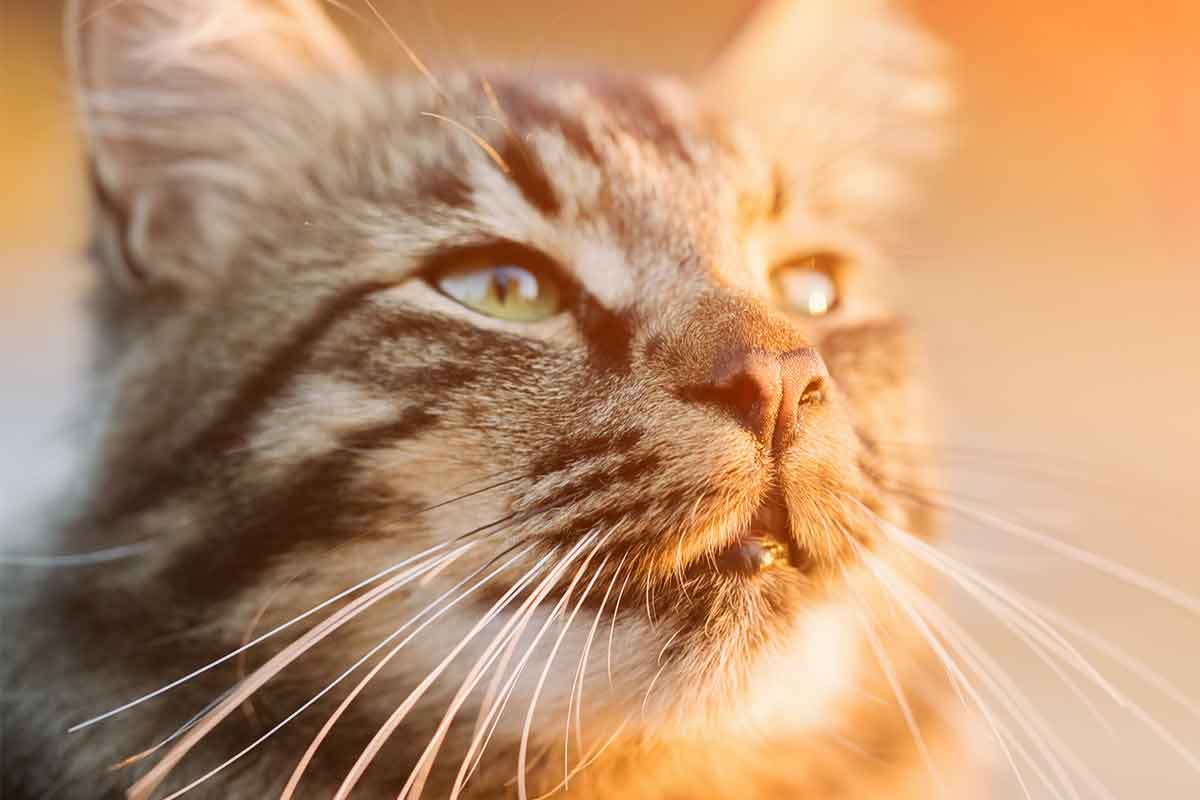
Understanding your cat's moods is an important aspect of being a responsible and caring cat owner. Once you have identified the different body language and facial expressions that indicate your cat's emotions, it is essential to respond accordingly to ensure their well-being and happiness.
Providing a comfortable environment is key. Cats thrive in peaceful and stress-free surroundings, so make sure their living space is clean, quiet, and equipped with toys, scratching posts, and cozy resting areas. Creating a safe haven for your furry friend helps reduce anxiety and promotes positive emotions.
Additionally, responding to your cat's body language is crucial. If they appear relaxed and content, you can offer gentle petting or engage in playtime. However, if they show signs of discomfort or fear, it's essential to give them space and avoid any actions that may trigger aggression.
By actively responding to your cat's moods, you demonstrate your understanding and compassion for their needs, fostering a strong bond between you both. Your attentive approach will not only benefit their overall well-being but also enhance the quality of your relationship as you navigate the intricacies of whisker wisdom together.
Providing a comfortable environment

Providing a comfortable environment for your cat is essential for their overall well-being and can greatly affect their mood. Cats are sensitive creatures who thrive in a calm and stress-free environment. Creating a space that meets their needs and allows them to feel safe and secure can go a long way in fostering positive moods.
Start by providing your cat with a cozy bed or resting area where they can retreat to when they want some alone time. It's also important to ensure they have access to fresh water, food, and a clean litter box at all times. These basic necessities are crucial for their physical comfort.
In addition to the essentials, consider providing various enrichment activities to keep your feline friend mentally stimulated. This can include offering toys, scratching posts, and climbing structures to encourage exercise and play.
Lastly, pay attention to the overall ambiance of your home. Keep noise levels low and provide designated quiet areas where your cat can relax undisturbed. Creating a peaceful atmosphere will help them feel secure and more at ease.
By ensuring your cat has a comfortable environment that meets their physical and psychological needs, you'll be setting the stage for positive moods and helping them thrive within their surroundings.
Responding to body language

As cat owners, it is essential for us to pay close attention to our feline friends' body language. Cats use subtle cues to express their moods and intentions, and being able to interpret these signals can greatly enhance our understanding of them.
When a cat displays signs of aggression or fear, such as hissing or raised fur, it's important not to escalate the situation. Rather than confronting the cat, giving them space and allowing them time to calm down is crucial. Similarly, if a cat is exhibiting playfulness or affection, responding in kind by engaging in interactive play or offering gentle pets can strengthen the bond between you and your furry companion.
Remember, each cat is unique, so it's important to familiarize yourself with your cat's specific body language cues. Paying attention to their subtle signals will help you respond appropriately and navigate their emotions more effectively.
Tips for Strengthening Your Bond
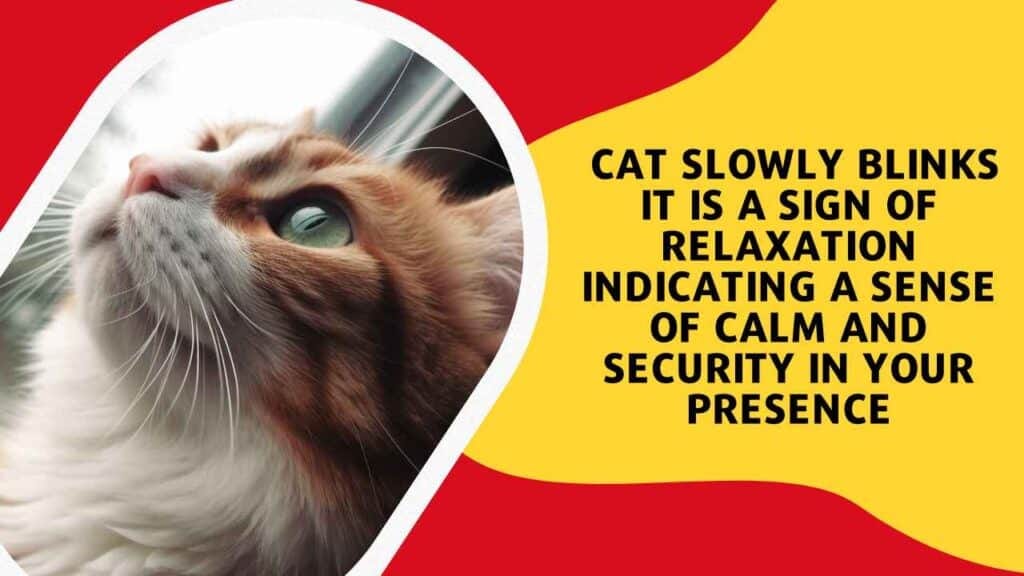
Creating a strong bond with your cat is essential for a harmonious and fulfilling relationship. Here are some tips to strengthen that connection:
- Play with your cat: Engaging in interactive play sessions with toys such as feathers or laser pointers not only provides exercise but also stimulates their natural instincts. This shared activity builds trust and creates a positive association between you and your furry friend.
- Provide treats and grooming: Rewarding your cat with treats for good behavior reinforces the bond between you. Additionally, grooming sessions, such as brushing their fur or trimming their nails, can be a calming and bonding experience.
- Respect their personal space: Cats value their independence, so it's crucial to respect their boundaries. Give them the freedom to approach you when they feel comfortable, allowing them to initiate affectionate gestures.
By following these tips, you'll not only strengthen your bond but also enhance the overall well-being and happiness of your feline companion.
Playing with your cat

Playing with your cat is not only a fun and enjoyable activity, but it also helps strengthen the bond between you and your feline friend. Cats have a natural instinct to play, and engaging in playtime provides them with mental stimulation and physical exercise.
There are various ways to play with your cat, depending on their preferences. Some cats enjoy chasing toys that simulate prey, such as feather wands or laser pointers. Others prefer interactive toys that they can bat or pounce on, like toy mice or balls. Experiment with different toys to see what captures your cat's interest.
Remember to always use safe and appropriate toys during playtime. Avoid using your hands or feet as play objects to prevent accidental scratching or biting. Additionally, make sure to provide a designated play area where your cat can freely explore and engage in play without any hindrances.
Playing with your cat also allows you to observe their mood and behavior closely. You may notice certain patterns in their playfulness that can give you insights into their overall well-being. Pay attention to how they interact with toys and if they seem enthusiastic or disinterested. By understanding their reactions during playtime, you can better gauge their mood and emotions.
Regularly engaging in play sessions with your cat helps build trust and enhances the bond between you two. It creates positive associations, making them more comfortable around you. Additionally, playing together provides an outlet for their energy, which can help prevent behavioral issues caused by boredom or frustration.
Incorporating interactive play into your daily routine is beneficial both for you and your cat. It not only promotes physical health but also strengthens the emotional connection between you two. So grab those toys, engage in some playful antics, and enjoy the joyous moments shared between you and your whiskered companion.
Providing treats and grooming
Providing treats and grooming is not only a way to pamper your cat, but it also helps strengthen the bond between you and your furry friend. Cats appreciate rewards, and treats can be a great tool for positive reinforcement and training. When offering treats, it's important to choose ones that are specifically designed for cats and are both nutritious and delicious.
Regular grooming sessions are also essential for your cat's well-being. Not only does grooming help keep their fur clean and healthy, but it also provides an opportunity for you to check for any potential health issues such as fleas or skin irritations. Brushing your cat's fur helps to remove loose hair and reduce shedding, while also stimulating their blood circulation.
During grooming sessions, be gentle and patient with your feline companion. Make sure to use appropriate grooming tools that are designed specifically for cats. If your cat enjoys being groomed, it can become a relaxing and enjoyable bonding experience for both of you.
Remember, providing treats and grooming not only keeps your cat physically healthy but also strengthens the emotional connection between you two.
Conclusion

Understanding your cat's emotions and behavior is crucial for building a strong bond with your furry friend. By embracing Whisker Wisdom, you can decipher the subtle cues and signals that your cat uses to communicate their moods. This knowledge not only enables you to provide a comfortable environment for your cat but also helps in preventing any potential conflicts or misunderstandings.
By paying close attention to your cat's body language, facial expressions, and vocalizations, you can better understand their desires, fears, and needs. This understanding allows you to respond appropriately, whether it's providing a safe space during moments of fear or engaging in interactive play when they're feeling playful.
Strengthening your bond with your cat involves spending quality time together through play sessions, offering treats, and gentle grooming. These activities not only provide physical stimulation but also nurture the emotional connection between you and your cat.
In conclusion, Whisker Wisdom is an essential tool in understanding and supporting your cat's emotional well-being. It allows you to create a harmonious environment where both you and your feline companion can thrive together.
Understanding your cat's emotions and behavior

Understanding your cat's emotions and behavior is essential for building a strong and harmonious bond with your furry friend. Cats communicate through their body language, vocalizations, and behaviors, all of which provide valuable insights into their mood and needs. By paying close attention to these signals, you can better understand what your cat is trying to tell you.
Cats have a wide range of emotions, including happiness, fear, aggression, and affection. Understanding these emotions can help you respond appropriately to your cat's needs and avoid potential conflicts or stressors. For example, if your cat displays signs of aggression or fear, such as hissing or raised fur, it's important to give them space and reassess the situation.
By observing their behavior and responding accordingly, you can create a comfortable environment that promotes positive interactions. This includes providing enrichment activities like playtime, as well as ensuring they have access to essential resources like food, water, and a safe space for rest.
Developing an understanding of your cat's emotions also involves strengthening the bond between you. This can be done through interactive play sessions that mimic hunting behavior or by offering treats as rewards for good behavior. Regular grooming sessions can also help foster a sense of trust and closeness.
In conclusion, understanding your cat's emotions and behavior is key to establishing a healthy relationship with them. By being attentive to their signals and responding appropriately, you can ensure that both you and your feline companion feel understood, loved, and respected. Embracing whisker wisdom will not only enhance your connection with your cat but also contribute to their overall well-being.
The importance of Whisker Wisdom
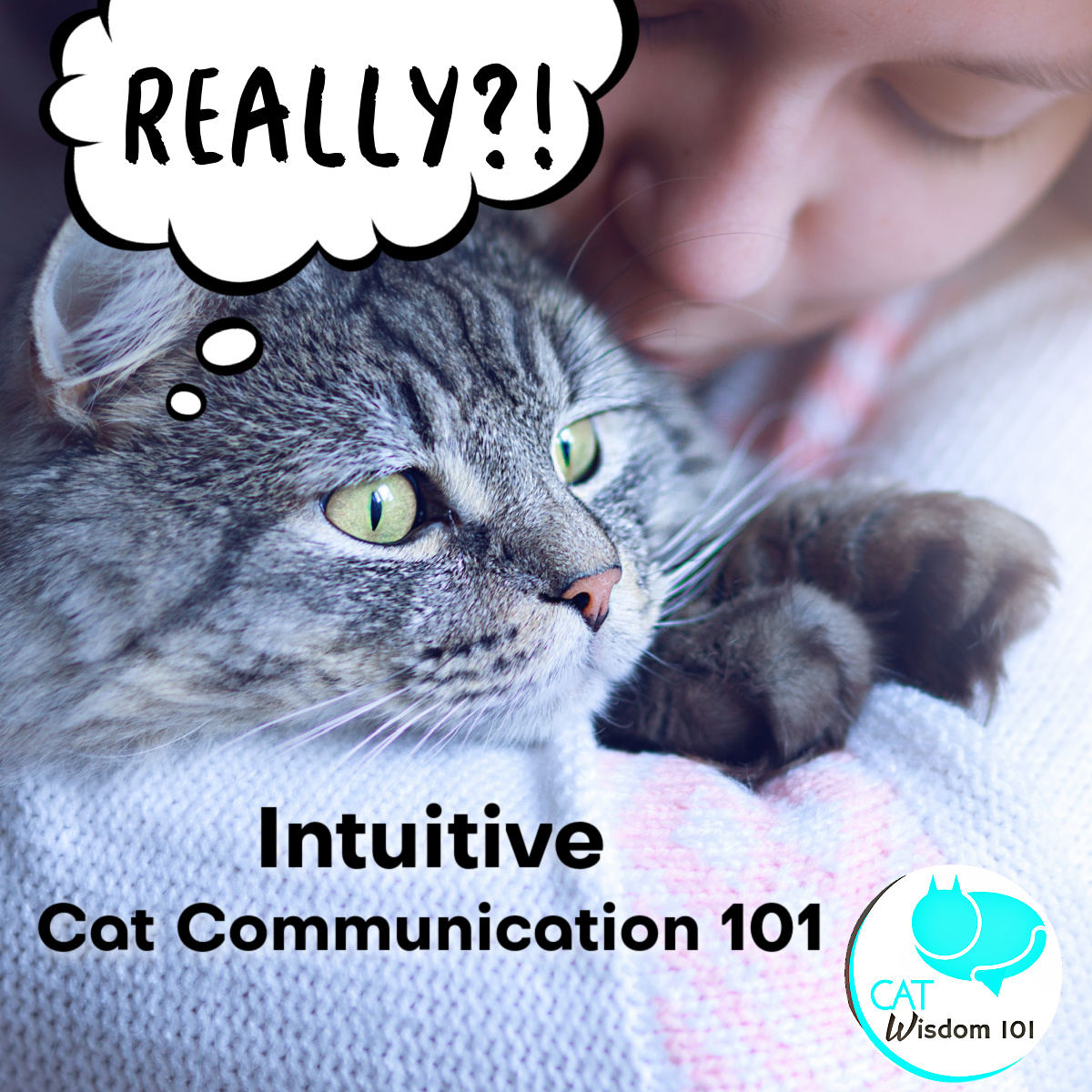
Understanding your cat's moods and emotions through Whisker Wisdom is crucial for building a strong bond with your feline companion. By deciphering their body language, facial expressions, and behaviors, you can gain valuable insights into their needs and desires.
Whisker Wisdom allows you to identify when your cat is feeling playful, affectionate, or in need of some alone time. This knowledge helps you create a comfortable environment tailored to their specific preferences, resulting in a happier and more contented cat.
Furthermore, understanding your cat's moods also enables you to recognize signs of fear or aggression. By being aware of these signals, you can take appropriate action to alleviate any potential stressors and ensure the safety and well-being of both your cat and yourself.
In conclusion, embracing Whisker Wisdom is not only beneficial for your cat but also essential for fostering a deeper connection with them. It allows you to provide the care and attention they need while strengthening the mutual trust and love between you both.




0 Comments